Betta Sorority - Everything You Need to Know Video & Image
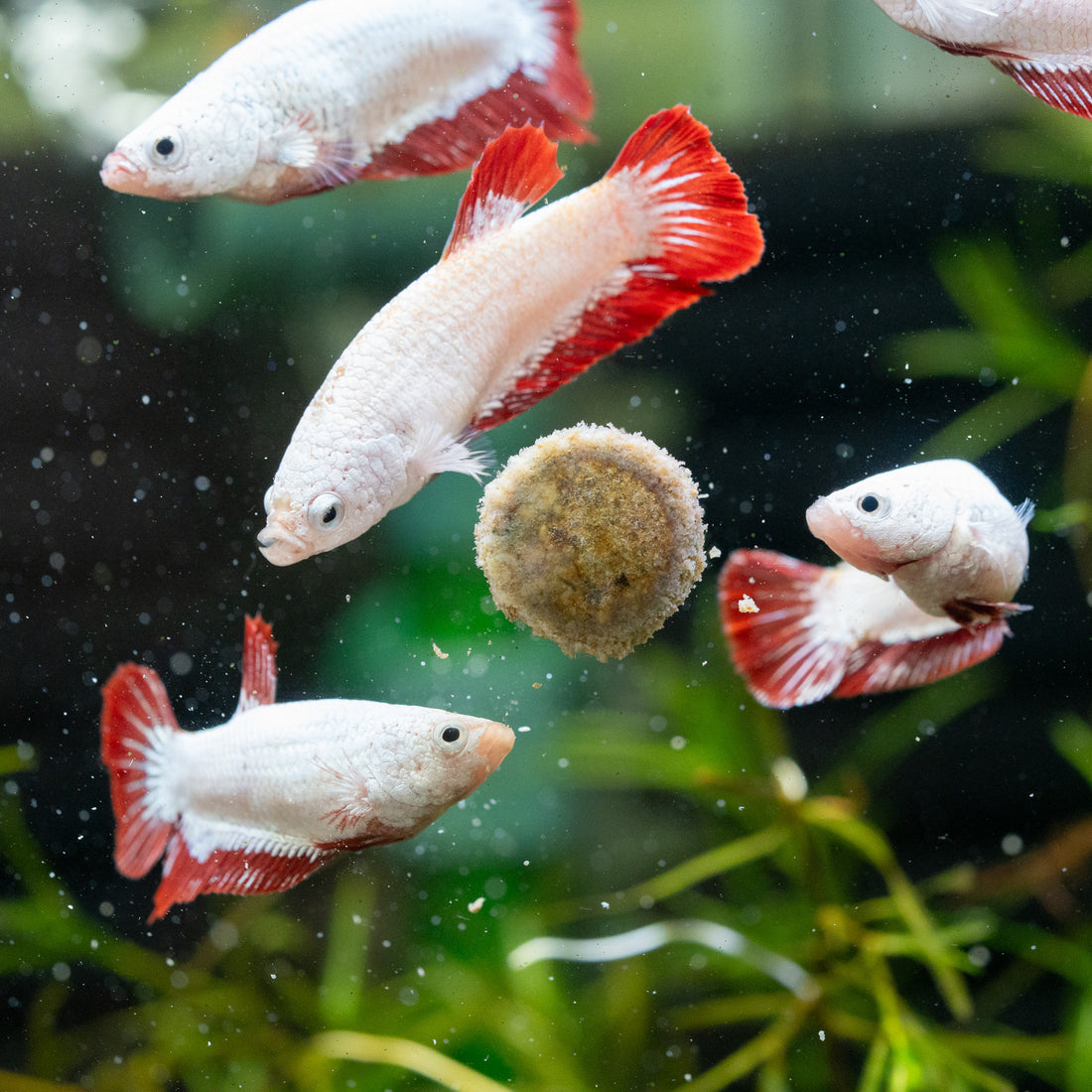
Overview
Due to the hostile characteristics, keeping these betta fishes together is literally not a simple thing. However, if you wish to have some bettas in your home aquarium, then the betta sorority will be the best solution for you. Let’s find out all the information about this in the below sections!
What is betta sorority?
Betta sorority is a term which refers to a specific setup type of your aquarium that allows multiple female Betta fish (Betta Splendens) to live together in the same tank. These tankmates usually are less vivid and small female bettas.
Although this practice is considered cruel, Betta sorority has undoubtedly been popular in recent years. Many hobbyists have tried to keep male bettas in their tiny aquariums with the belief that the fish will be fine. However, the small space with insufficient filtration or heater, even aggressive behaviors of the bettas, have left many of their deaths.
Contrastively, despite being hostile, the female betta is much less aggressive. Moreover, they are also smaller compared to the males, which means the requirement regarding tank setup and violent-preventing solutions for female bettas will be much easier.
Without interesting fights, betta sororities are still an excellent choice for the hobbyist. Many people have succeeded in building a vivid aquarium with dozens of colorful female fishes while being able to minimize caring efforts.
Female Betta Controversy
Do Female Betta Fight?

The answer is literally YES! Female Betta fish can be territorial and exhibit aggressive behavior, even fighting with each other. While they are generally less aggressive than male Betta fish, they still have the potential to engage in disputes if the tank conditions aren’t favorable.
It’s a common belief that female Betta fish tend to be more peaceful compared to their male counterparts. However, it's important to note that this behavior can vary from one fish to another, and some females can be just as aggressive as males.
Nonetheless, there is a degree of truth in the perception that female Betta fish are generally more conducive to group living. They can often be kept together in larger groups without the intense aggression seen in males. However, you still may have to solve some violent problems between a few problematic individuals.
Some indicators imply that female betta are preparing to fight include:
- Aggressive Posture: Flared fins, puffed-up gill covers (opercula), and a rigid body posture are signs of their aggression.
- Nipping or Biting: Bettas may nip or bite at each other's fins or bodies if they become hostile.
- Chasing: Aggressive chasing behavior is common, as one Betta may pursue another aggressively around the tank.
- Display of Vibrant Colors: Bettas often display their most intense and vibrant colors to intimidate rivals once they feel combative
Why Female Betta Becomes Aggressive?
As female betta isn’t as hostile as the males, it is necessary to find out the reason leading to their aggression outbursts and hence have appropriate solutions to prevent it. Here are 5 main reasons that trigger the aggression of female betta fish, which include:
- Establishing territory: Female Bettas can be territorial and aggressive when establishing their territory within the aquarium. Only when the social hierarchy and territorial boundaries are established will female Betta fish typically coexist harmoniously with other tankmates.
- New tankmates: Introducing a new female betta, especially the bright-colored and long-tail ones, can consequently lead to temporary aggression as the females adjust to the changes and establish a new pecking order.
- Food competition: Betta’s aggression may occur during mealtime if the food amount is insufficient. Therefore, ensure that they receive adequate food without excessive aggression. Otherwise, you won’t know how many bettas will kick the bucket!
- Stressors: Stress is one of the prominent factors that lead to the hostility of female bettas. Unfavorable conditions such as poor water quality, sudden changes in water parameters, low oxygen and nitrite levels, and high ammonia, or insufficient hiding spots can make female Bettas more prone to aggression.
Indicators of stress in female Betta that you can easily recognize encompass recurring illnesses, diminished appetite, persistent hiding, erratic swimming patterns within the aquarium, heightened anxiety, and a fading of their vibrant coloration.
Some Negative Facts About Betta Sorority
Become Battlefield
As already mentioned, being a female doesn’t mean that these vibrant fish will live peacefully. In fact, building a betta sorority incorrectly will make it turn into a bloody battlefield.
Some hobbyists claim their female bettas initially do not have aggressive behavior and rarely have hostile attitudes. However, making betta sororities consequently leads their bettas to be hostile and usually have unexpected fights.
It’s revealed that apparent submissiveness can be a manifestation of excessive stress. Also, please remember that while stress stripes are a clear indicator of stress in Bettas with blue and red colors, they may not be visible on others like yellow or white Bettas. Hence, it's crucial not to assume everything is going well only based on the absence of the stripes.
Spread of Diseases
When female Bettas aggressively fight and get injured, they may be more susceptible to disease due to the weakening of their immune system. Consequently, the injected one will be stressed and easily get aggressive to other tankmates, though they’re not even a threat at all.
In a Betta sorority, diseases can rapidly spread throughout the whole aquarium. Once the parasite successfully infiltrates the compromised bettas, it will possibly devastate the fish school. Not only the fish but also you'll immerse in the stress, I guarantee that!
Key To Build Success Female Betta Sorority Tank
Pick The Right Female Betta

Selecting the right female Betta is the first and most crucial step in ensuring the success of your Betta sorority. Some experts highly suggest selecting them from the same spawn with similarity in size and color pattern to enhance the likelihood of compatibility. However, this is quite challenging unless there’s a Betta breeder in your living area.
Here are some other factors of how to choose ideal tankmates:
- Appearance: While appearance is not the primary consideration, choose female bettas who are healthy and free from visible signs of illness or injury. Their fins should be intact, and their bodies should be in good condition.
- Size & Age: I’d like to suggest you select female bettas with similar size and age. Smaller or significantly younger fish may be often bullied by larger, more mature females.
- Coloration: Although color is not the most critical factor, you should try to have your aquarium inhabitants with different and distinct color patterns. This can help reduce aggression as there is less competition for visual dominance. Choose not-too-vibrant female bettas can also help you to prevent their hostile attitudes. However, this solution may make your tank not as vibrant as you expected.
Female Betta Fish - Everything You Need To Know
Social Acclimation
Social acclimation is always crucial when it comes to creating a betta sorority. Some hobbyists, however, dismiss this practice as it takes so much time and they think it is unnecessary.
Without this practice, your bettas will easily be stressful and lead to aggressive behavior. Consequently, not only the fish but you will also be stressed in finding solutions to prevent the violence in your aquarium.
Here are two effective ways that you can try out to approach social acclimation:
- Quarantine the bettas: separate your bettas in adjacent tanks and ensure that they can see one another through the glass. This method is to introduce them to each other without any fighting threat. However, its effectiveness is limited by the number of fish that can be accommodated side by side.
- Betta pairing: Another approach involves conducting compatibility trials by keeping two or three Betta fish together in a small, controlled tank and addressing aggression immediately as it occurs.
Choose Right Tank Mates

If you know clearly how to create a successful betta sorority, let’s discuss what other tankmates you are able to put in. Despite the hostile attitudes, luckily, bettas still live harmoniously with some species of similar sizes and aren’t fin-nippers.
Some appropriate tankmates you should consider include:
- Dwarf Gouramis: Some dwarf gourami species, like the honey gourami or sparkling gourami, can be compatible with female Betta. However, avoid keeping multiple male gouramis together, as they can become territorial.
- Shrimp: Small, peaceful shrimp species such as cherry shrimp or amano shrimp can make interesting tank mates for Betta fish. However, Betta fish with a strong hunting instinct may prey on shrimp. Remember to monitor your aquarium if you are about to pair these two species.
- Tetras: Tetras is another excellent option for a Betta sorority, especially in longer tanks where they have the horizontal space they prefer. Remember to keep Tetras in groups of five as this is an ideal number when living in the betta sorority.
- Bottom Dwellers: Bottom-dwelling fish like Corydoras catfish or Otocinclus Catfish is absolutely a nominated choice for betta sorority. Not only are they facile but these fishes are efficient algae eaters, which help keep the substrate clean.
- Snails: Peaceful snails like nerite snails, mystery snails, or Malaysian trumpet snails can coexist with Betta fish. They help with algae control and are generally not a threat to female bettas.
- Platies: this animal can be an excellent companion for Betta sororities due to their peaceful nature and great adaptability to any aquarium conditions. Their size is also suitable for Betta tanks, ensuring they don't overcrowd the environment while coexisting harmoniously with the bettas.
Removal of Bullies and the Bullied

It’s best to socially acclimate your female bettas before creating your female sorority tank. However, there’ll be some cases where some of your bettas still have hostile attitudes although social acclimation has been practiced. Therefore, it is necessary to consider the removal of bullied bettas.
Here are 6 steps when you start doing the removal:
- Have a backup tank: Make sure that you have a backup aquarium so that there’ll be a place to separate your girls once they get injured or are too aggressive.
- Identify Aggressive Individuals: Observe the tank continually to identify which Betta fish usually have aggressive behavior.
- Quarantine Aggressive Bettas: Remove the aggressive individuals from the sorority and place them in a separate quarantine tank. This temporary separation prevents further harm and allows for individual treatment if needed.
- Provide Recovery Time: Give the bullied fish time to recover from any injuries or stress they may have experienced. A separate, quiet tank with ideal water conditions can aid in their healing.
- Reintroduction: If you decide to reintroduce the previously removed Bettas back into the sorority, do so with caution. Rearrange tank decorations and provide new hiding spots to disrupt established territories.
- Monitor and Adjust: Continue to monitor the tank for any signs of renewed aggression. If conflicts persist, consider permanent separation or rehoming the aggressive Bettas.
How To Successfully Set Up A Female Betta Tank?
Tank Size

For a Betta sorority, a suitable tank size is a critical factor for their well-being and to minimize aggression. If you haven’t had any knowledge about female bettas, then start with a group of 5 to 7 females.
A minimum tank size of 20 gallons is often recommended for a Betta sorority. This tank provides ample space for your girls to establish territories and reduces the likelihood of aggression and stress.
Some betta experts say that they can create a betta sorority just with a 10-gallon tank. However, I wouldn’t suggest you do that, unless you have enough time and profound experience like them.
Water parameter

Maintaining the right water parameters is crucial for the health and well-being of Betta sorority tanks. Here are the suitable water parameters for a Betta sorority:
- Temperature: You should keep the water temperature between 76°F-80°F as Bettas are tropical fish and thrive in warm water.
- pH Level: The pH level should be in the range of 6.5 to 7.5. Most Betta species tolerate a slightly acidic to neutral pH.
- Ammonia and Nitrite: Ammonia and nitrite should be kept at undetectable levels. Regular water changes and a cycled filter help maintain low levels of these harmful substances.
- Nitrate: Nitrate levels should be below 20-30 ppm (parts per million). Regular water changes are essential for keeping nitrate levels in check.
- Tanning water: You need to have tanning water in your sorority tank as it’s very effective in relieving the stress of your girls. Only experts know this and they won’t share the secret with you. Please remember this tip!
Aquarium decoration
Any of your girls wants to have her own territory in a betta sorority. You also want your home aquarium so lively and captivating. So it’d be perfect to have your sorority tank densely filled with shelters and plants.
To set up hiding spots for the fishes, I’d suggest you use rocks, driftwood, and ceramic pots, while acrylic tank dividers in larger tanks help prevent conflicts.
Also decorate your tank with different plants, typically Duckweed and Water Lettuce. These can help reduce the aggression of your bettas and provide a more natural environment. Choose a substrate, such as gravel, sand, or a planted substrate, that perfectly suits your aquarium. Please make sure it's smooth to avoid damaging your bettas' delicate fins!
Where to buy Female Betta Fish?
Building a Betta sorority is very challenging, especially in terms of finding appropriate female bettas. Choosing the fish without any experience will make you extremely regretful about the money you have paid for.
However, if you really want to build your own betta sorority tank but don’t know where to buy female bettas, Tropicflow is definitely the best choice for you!
As a professional in betta with many years in building hundreds of betta sororities, we’re available 24/7 to provide you with big, vibrant, and healthy female bettas. Especially, there’ll be different types of females for you to choose from and they’re all born and raised together. Hence, the compatibility is extremely high.
Don’t hesitate anymore but visit our page now for the best female bettas ever in your life!
FAQ
How many bettas can I have in a Sorority?
For a Betta sorority, I suggest you should have a minimum of 4-5 female bettas, but shouldn’t exceed 10 if the aquarium is sufficiently spacious with favorable conditions.
What Should I do when female betta start chasing each other?
Chasing is a common behavior among female Bettas as they establish a hierarchy and territory, but excessive or aggressive chasing can lead to stress and injuries. When your fishes start chasing each other, here’s what you should do:
- Observe: Begin by closely observing the chasing behavior to determine its intensity and frequency. Occasional chasing as they establish a pecking order is normal. However, if it becomes constant or aggressive, it may indicate a problem.
- Provide shelters: Ensure that the tank is well-equipped with hiding spots, caves, and plenty of plants. These hiding spots give chased fish a place to escape to and reduce the visibility of the aggressor.
- Separation: If one or more females are relentlessly aggressive, causing injuries or stress to others, consider removing the aggressive fish temporarily and placing them in a separate tank.
Can I Put Male Betta in Sorority Tank?
It is fine to have a male in betta sorority if your tank is large enough with ample hiding spots, live plants, and careful monitoring. However, I’d say that it is not a good idea!
Male Bettas are known for their aggressive and territorial behavior, especially towards other males and sometimes even towards females. Placing a male Betta in a sorority tank can lead to significant aggression and stress for all the fish involved.
What is the Average Size of Female Betta Fish?
The average size of a female Betta generally ranges from 2.25 to 2.5 inches (5.7 to 6.4 centimeters) in length when fully grown. However, don’t forget that there are some factors such as genetics, diet, and tank conditions that can influence their size.
No comments


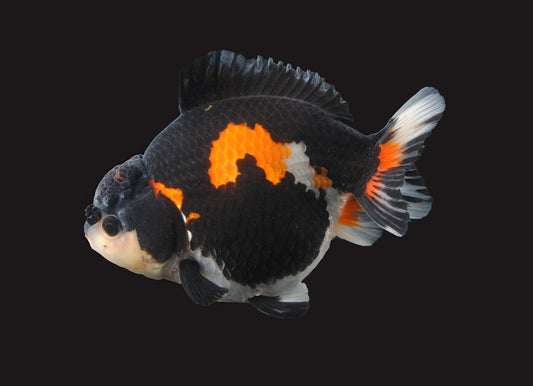
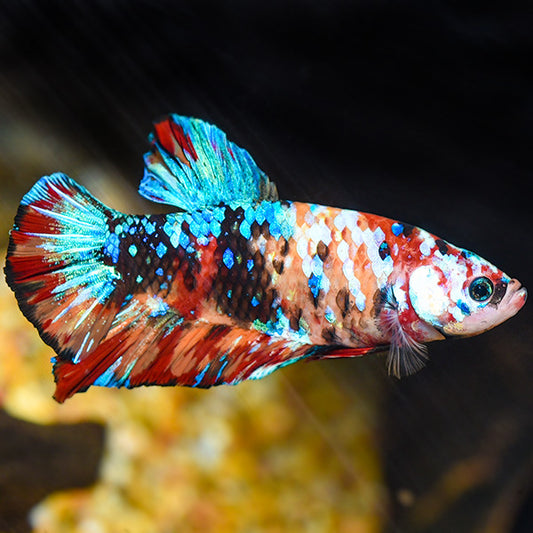
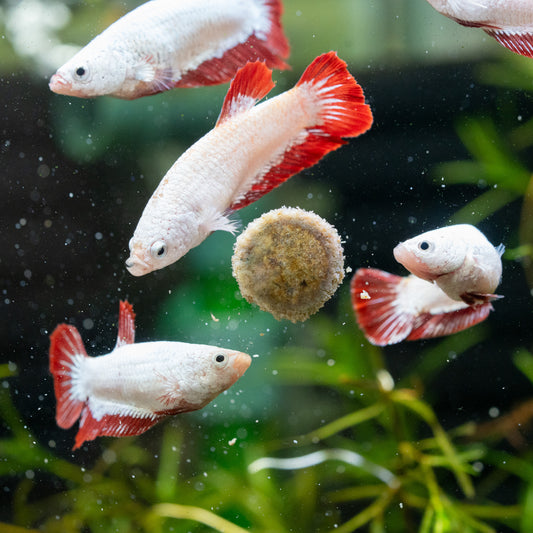
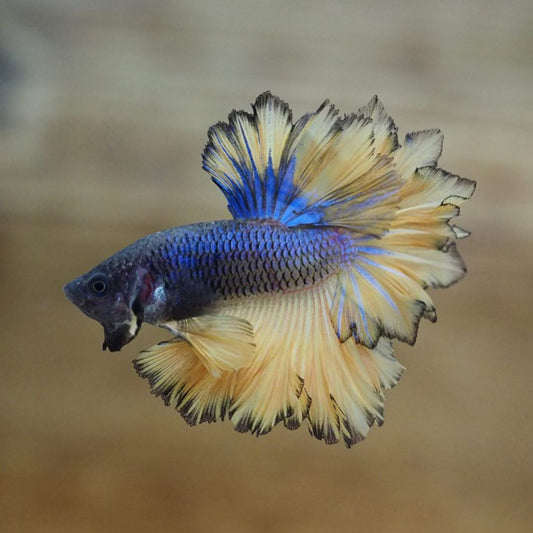

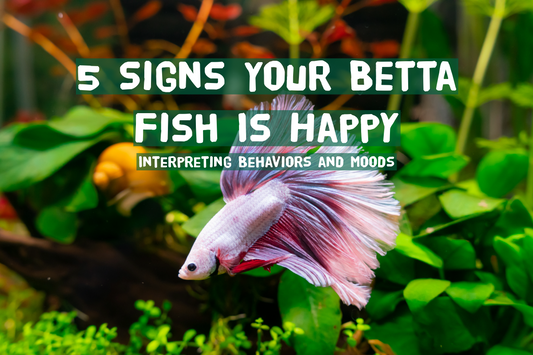
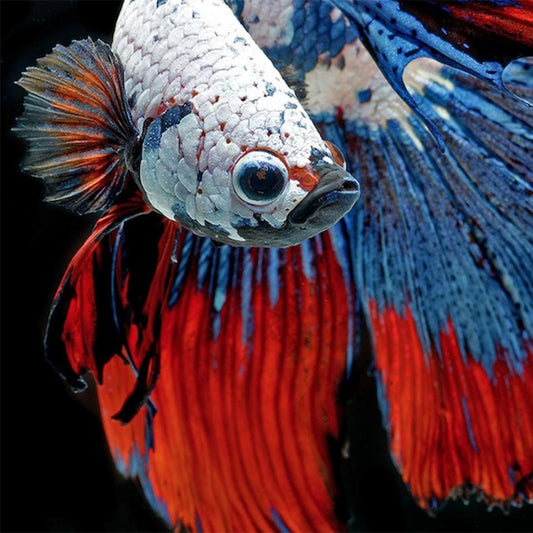


0 comments